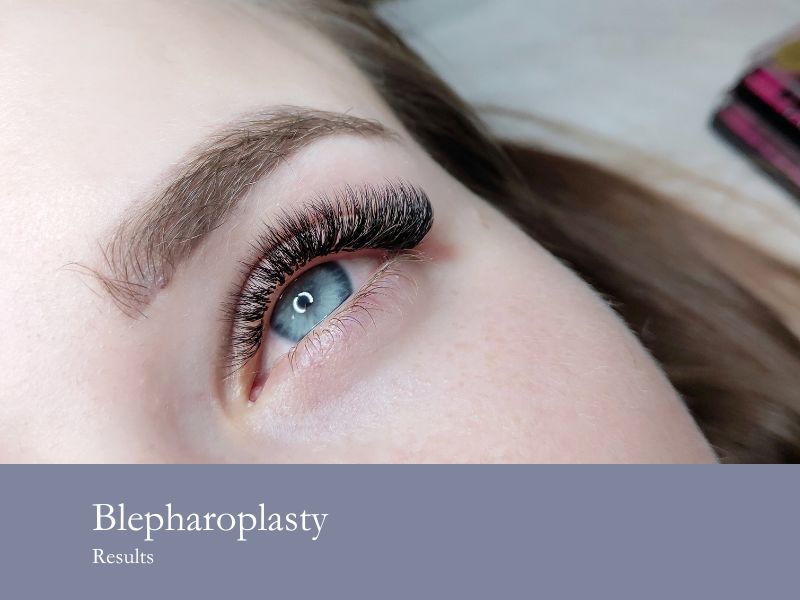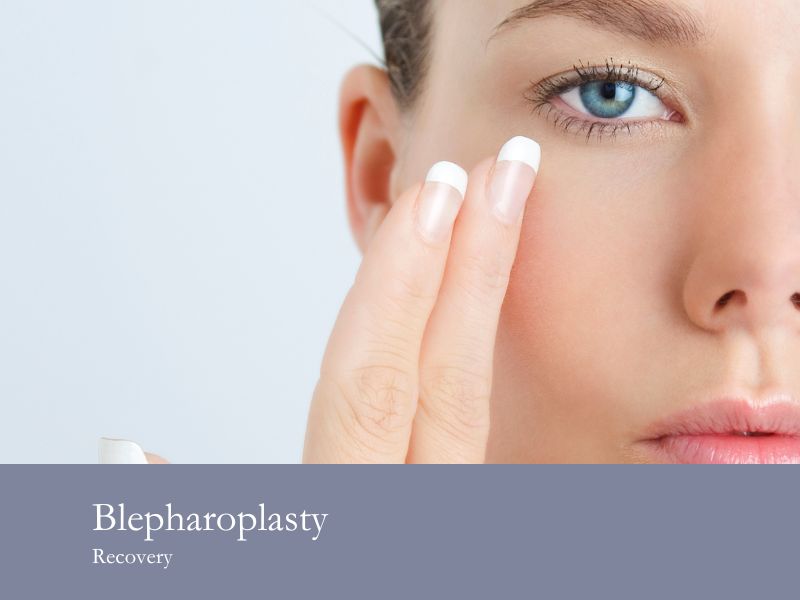So, you’re interested in undergoing blepharoplasty surgery, but you’re concerned about how long your results are going to last. “How long does blepharoplasty last in terms of results?” is a common question we receive among eyelid lift patients. Certainly, these patients want to know that they’ll be able to benefit from their blepharoplasty results for years to come.
Unfortunately, there is no one-size-fits-all answer here. However, most patients, after undergoing the healing process, are able to enjoy their upper eyelid lift or lower eyelid lift for several years—at least. Loose skin is gone, and ideally, many signs of aging will be diminished. So, all in all, we see that most patients are happy with their long-lasting results after each eyelid operation.
Table of Contents
Blepharoplasty Results
Seeing the results of blepharoplasty takes time as swelling and bruising gradually fade. Most patients notice an improvement within a few weeks, depending on their overall health and medical history.
Still, final eyelid surgery results can take several months. The healing process varies, but the eyelid skin continues to refine as residual swelling diminishes.
How Long Does an Upper Blepharoplasty Usually Last?
Upper blepharoplasty typically provides long-lasting results, often a decade or more. This procedure removes excess skin and sometimes excess fat from the upper eyelid, addressing droopy eyelids.
The longevity depends on factors like skin healing, sun exposure, and natural aging. While the results are significant, some patients may eventually require a touch-up or a brow lift to maintain their refreshed appearance.
How Long Does a Lower Blepharoplasty Usually Last?
Lower eyelid surgery tends to have even longer-lasting results than an upper eyelid lift. Since the lower eyelids are less affected by muscle movement, the improvements can last 15 years or more.
Lower blepharoplasty corrects puffiness and removes excess fat from the lower eyelids, creating a smoother, more youthful contour. Proper aftercare, including limiting sun exposure and following the prescribed healing process, can extend these results.
Blepharoplasty Recovery
Recovery after blepharoplasty is usually mild and straightforward but varies by patient. Following post-operative instructions ensures a smooth healing process. Common symptoms during recovery include swelling, bruising, and some irritation and puffiness.
Swelling
Swelling after blepharoplasty is a normal response as the body heals. It peaks within the first few days and gradually subsides over a few weeks. Keeping the head elevated and using cold compresses helps minimize swelling and promote faster recovery.
Bruising
Bruising after upper eyelid surgery and lower eyelid surgery is expected, particularly around the lower eyelids. It usually fades within 10 to 14 days, but some discoloration can linger longer. Avoiding strenuous activities and following all aftercare instructions will help bruising resolve more quickly.
Discomfort
Most patients experience only mild discomfort after blepharoplasty surgery. Any soreness or tightness typically improves within a few days. Over-the-counter pain relievers and prescribed eye drops can help ease irritation and dryness during recovery.
Puffiness
Puffiness is common after an eyelid lift, especially in the morning. This effect is temporary and improves as swelling decreases. Looking at blepharoplasty before and after photos can provide reassurance that puffiness will resolve over time.
Scarring
Scars from blepharoplasty are minimal and typically well-hidden within natural creases. The healing process gradually softens and lightens any scars over time. Proper wound care and sun protection help ensure the best cosmetic procedures results.
FAQs: Eyelid Surgery
What is an Asian blepharoplasty?
Asian blepharoplasty, also known as double eyelid surgery, is a specialized eyelid operation that creates or enhances an upper eyelid crease. This procedure can define the upper eyelid while preserving the patient’s natural features. It is a common request among patients of East Asian descent seeking subtle improvements to their eyelids.
Can I get my blepharoplasty covered by insurance?
Blepharoplasty insurance coverage is sometimes available when the surgical procedure is medically necessary. If drooping eyelids interfere with vision, an ophthalmologist or plastic surgeon may document the impairment for potential coverage.
With that said, cosmetic blepharoplasty is typically not covered. Blepharoplasty surgeons are well-versed in insurance company expectations for coverage, so discuss your options with them.
How can I maintain my blepharoplasty results?
Protecting the skin on your upper and lower eyelids from sun exposure, maintaining a healthy lifestyle, and using prescribed eye drops can help prolong your results. Avoiding excessive rubbing of the eyelids and following your surgeon’s aftercare instructions also play a role in maintaining long-lasting improvements.
Call to Book a Consultation
Your eyes are the window to your soul and naturally the central focal point of your face. This means that people are looking at your upper and lower lids constantly.
Lifting sagging tissues in these areas can instantly brighten you and make you feel and look more youthful. For many people, lower or upper eyelid correction is one of the best things they can do for their appearance.
Plastic surgeon Dr. Sanam Zahedi can help you achieve natural, long-lasting results. With expertise in eyelid lift techniques, Dr. Zahedi tailors each procedure to enhance your unique features. Call today to schedule a consultation. We look forward to hearing from you!
References
https://www.plasticsurgery.org/news/blog/three-things-you-should-know-before-getting-an-eyelid-lift




